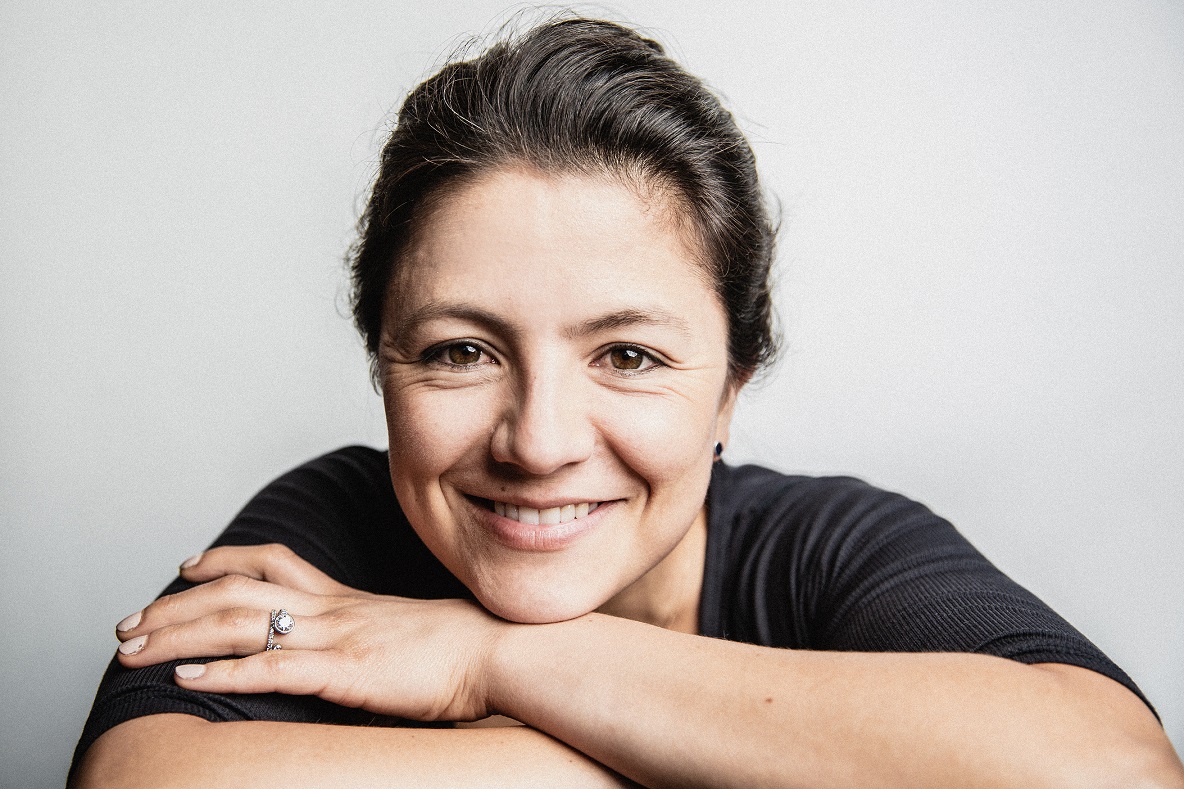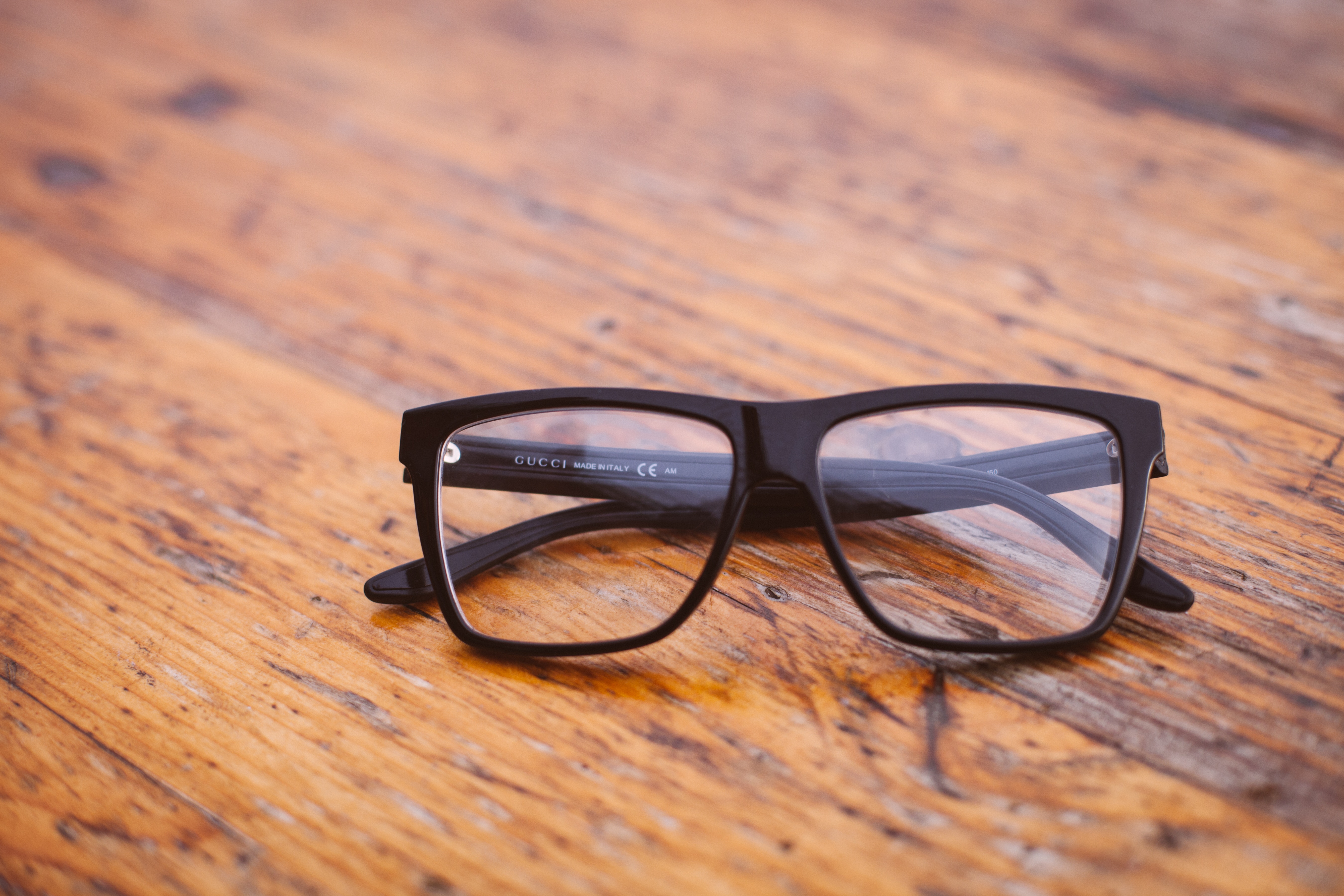The American philosopher Wayne Dyer said that once you change the way you look at things, the things you look at change. A very simple truth that applies to food and your eating habits as well.
A key step in achieving food freedom (aka feeling crazy around food) is gaining awareness about the diet mentality and identifying how it determines the way you experience food and your body. The diet mentality is a pool of beliefs and thoughts that tell you how you should look and how, when, where and what to eat.
Think about it. The diet culture tells you what a “good” body must look like. It tells you that you need to be at a certain weight to be healthy. It also tells you that there are good foods and bad foods, that is to say, thin-making foods or fat-making foods. The diet culture even defines what success looks like!
When you live your life through the lens of the diet culture, it’s only natural that you fight what you eat and your body’s shape and size.

I work with my clients in replacing that harmful lens with one that’s more compassionate, fun, and sustainable: the food freedom lens. When you put it on, you see foods as information and a source of nourishment.
Guilt and shame are no longer factors that drive your eating choices. Health is. Willpower and self-control come out of the equation and your wellbeing prevails.
My personal experience and working with many women in the past years have taught me that once we’re able to remove the diet lens, it is necessary to learn information that will inform our food choices with a different motivation in mind: The question is no longer “will this make me fat?”, but rather “will this nourish me?”.
You must understand the diet culture before you learn about food so this new information doesn’t result in another”diet in disguise”. As Michelle May, MD says, “nutrition information must be a tool, not a weapon”.
So next time you eat, think what lens are you wearing? Is it the food freedom lens or the diet culture lens? Are you thinking in terms of fat-making food vs. thin-making foods? Or nourishing versus non-nourishing? Is my body shape and size the motivation? Or is it my physical, emotional and mental wellbeing?
You must be thinking: Okay, what’s nourishing then? Sign up for my newsletter and don’t miss part 2 of this blog series, where I’ll share simple tips to guide your food choices with nourishment in mind.
The information provided on this post is for educational and informational purposes only and solely as a self-help tool for your own use.
Written by Lina Salazar.


